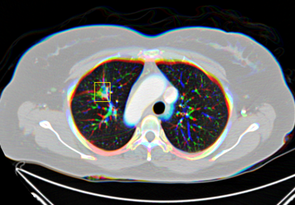Services

Engineering
We are specialized in design, implementation and integration of
algorithms and software systems in computer vision, machine learning,
signal processing and large-scale data processing. We are also experienced
in system optimization by identifying and removing bottlenecks in space, time and accuracy.
We help our
customers to rapidly evaluate and adopt latest development in these
fields by
customizing open-source software, or by reimplementing
algorithms from scratch.
We speak English, Python and C++, and
deliver our software in modularized code packages, portable executables,
docker containers and AWS services.

Training
When we introduce a new software technology to our customers,
we also help train their existing engineer or new recruit
and work with them closely, so when our job is done there are
people to carry on development and maintanance.
We provide CPT/OPT training opportunities to students who wants to
pursue a career in software engineer or data science, or to
apply latest deep-learning technologies to their field of study.
We are now offering a one-day hands-on beginner Tensorflow training program that
covers image annotation and basic model training (see codebase).

Consulting
We have advised multiple startup companies on design of technology and product roadmaps, design of system architectures, selection of platforms and toolchains, etc. We identify and interview candidates for our customers and help them to build their engineering teams.

Research
We maintain close relationship with academia and are involved in leading research in machine learning and its applications. Our current academic clients/collaborators include universities,particularly historically black colleges and universities.

